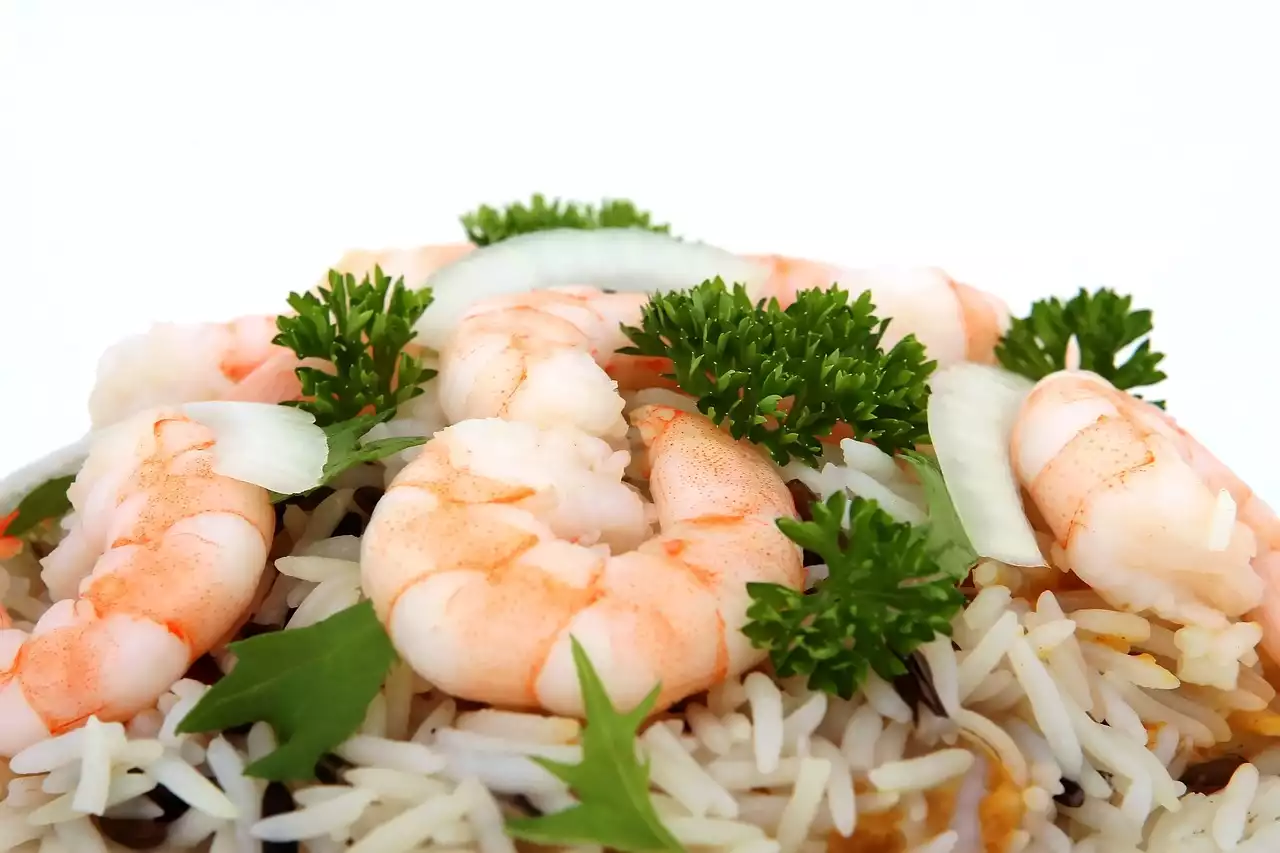If you're a seafood lover, you've likely tried various cooking methods to prepare your favorite dishes. One of the healthiest and most cost-effective ways to cook seafood is by steaming it. Steaming preserves the natural flavors, nutrients, and texture of the seafood while reducing the need for added fat. Whether you're a beginner or an experienced cook, our guide will help you master the art of steaming seafood at home.
Benefits of Steaming Seafood at Home
Steaming seafood has several benefits, including:
- Retention of nutrients and natural flavors: Steaming seafood preserves the nutrients and natural flavors of the seafood, making it a healthier and more delicious option.
- Reduced need for added fat: Steaming seafood doesn't require added fat or oils, making it a great option for those watching their calorie intake.
- Convenience: Steaming seafood is quick and easy, making it a great option for weeknight meals or when entertaining guests.
Types of Seafood to Steam
Most types of seafood can be steamed, including fish, shrimp, crab, and clams. However, different types of seafood require different steaming techniques to ensure they are cooked properly. For example, delicate fish like sole or flounder require less cooking time than denser fish like salmon or tuna. Shrimp and other shellfish are best steamed in their shells to retain their natural flavors.
How to Steam Seafood at Home
To steam seafood at home, you'll need a steaming basket or a bamboo steamer. Here's a step-by-step guide on how to steam seafood:
- Rinse the seafood and pat it dry with a paper towel.
- Season the seafood with your desired seasoning or marinade.
- Place the seafood in a steaming basket or bamboo steamer, making sure there is enough space between each piece.
- Bring water to a boil in a pot or wok, and place the steaming basket or bamboo steamer on top.
- Cover the pot or wok with a lid and let the seafood steam for the recommended cooking time.
Popular Steamed Seafood Recipes
Here are some popular steamed seafood recipes you can try at home:
- Steamed fish with ginger and scallions: This Chinese-style dish is made by steaming a whole fish with ginger, scallions, and soy sauce.
- Steamed shrimp with garlic and herbs: Shrimp are steamed in a fragrant mixture of garlic, herbs, and lemon juice.
- Steamed crab legs with Old Bay seasoning: Crab legs are steamed with Old Bay seasoning and served with melted butter.
Tips for Steaming Seafood at Home
While steaming seafood is a relatively simple cooking method, there are a few tips and tricks you can use to ensure your seafood turns out perfectly every time. Here are some tips for steaming seafood at home:
- Choose the right seafood: Some types of seafood are better suited for steaming than others. For example, delicate fish like sole or flounder are great for steaming, while thicker fish like salmon or tuna may require longer cooking times. Shrimp and other shellfish are also great for steaming, but they should be steamed in their shells to retain their natural flavors.
- Season your seafood: While steaming seafood can help preserve its natural flavors, it's still important to season it with your desired herbs, spices, or marinades. A simple combination of salt, pepper, and lemon juice is a great way to add flavor to any type of seafood.
- Don't overcrowd the steaming basket: When steaming seafood, it's important not to overcrowd the steaming basket or bamboo steamer. This will ensure that each piece of seafood is cooked evenly and thoroughly.
- Use a timer: Different types of seafood require different cooking times, so it's important to use a timer to ensure your seafood is cooked to perfection. Overcooking seafood can cause it to become tough and dry, while undercooking it can be dangerous to your health.
- Check for doneness: To ensure your seafood is cooked properly, check for doneness by inserting a fork or knife into the thickest part of the fish. The flesh should be opaque and flaky, and the shrimp should be pink and firm to the touch.
Equipment Needed for Steaming Seafood at Home
To steam seafood at home, you'll need a few basic pieces of equipment, including:
- Steaming basket or bamboo steamer: This is the most important piece of equipment for steaming seafood. A steaming basket or bamboo steamer will allow you to cook your seafood evenly and thoroughly.
- Pot or wok: You'll need a pot or wok to heat the water for steaming.
- Lid: A lid is important to keep the steam inside the pot or wok.
- Tongs or a slotted spoon: You'll need tongs or a slotted spoon to remove the seafood from the steaming basket or bamboo steamer.
Health Benefits of Steaming Seafood
Steaming seafood is not only a delicious way to prepare your favorite seafood dishes, but it also has several health benefits. Here are some of the health benefits of steaming seafood:
- Low in calories: Steaming seafood is a great way to enjoy your favorite seafood dishes without adding excess calories. Steaming doesn't require any added fat or oils, making it a great option for those watching their calorie intake.
- High in protein: Seafood is a great source of lean protein, which is important for building and repairing muscle tissue.
- Rich in omega-3 fatty acids: Many types of seafood are rich in omega-3 fatty acids, which are important for heart health and brain function.
Conclusion
Steaming seafood is a healthy, cost-effective, and convenient way to prepare your favorite seafood dishes. With our beginner's guide and popular recipes, you'll be steaming seafood like a pro in no time.










